Hippodrome Istanbul History

The Hippodrome was the center of Byzantine life for 1,000 years and Ottoman life for another 400 years. At its peak, this square consisted of two galleries, a central axis, the starting squares, and the semicircular southern end known as the Sphendone, parts of which still remain in the south of the square. The galleries that once on top of this structure were destroyed during the Fourth Crusade, and were completely dismantled in the Ottoman era, and many of the original columns were used in the construction of the Sulaymaniyah Mosque.
The Hippodrome has been the scene of many political rivalries throughout the city's history. In the Byzantine era, competition was between two political parties, which were distinguished by blue and green colors. Supporting one of the two teams was referred to belonging to a particular political party, and the team’s victory had a major impact on politics at that time. At one point, the Greens and Blue teams joined forces against the emperor, as in 532 B.C. when chariot racing was interrupted by protesters against Justinian's over-taxation regime - which escalated into the Nika riots (so called because of the demonstrators' shouts of the Nika word. ! Or victory!) These actions resulted in the slaughter of thousands of demonstrators on the race field by imperial forces. This prevented chariot racing for a while later.
The Ottoman sultans also watched what was going on in the Hippodrome. If things are taking a bad turn in the empire, the people gathering in this field may ignite the spark of unrest, which may lead to riots, and then revolution. In 1826 the corrupt Janissary sects (the personal guard of the Sultan) were eliminated in this field by the reformer Sultan Mahmud II In 1909 riots occurred in this Hippodrome square in particular, which resulted in the downfall of Abd al-Hamid II.
Although this racecourse may seem as if it was the cause of the downfall of the Byzantine emperors and the Ottoman sultans, they spared no effort one by one in beautifying it. Unfortunately, many priceless statues carved by ancient pioneers have disappeared from this square. Among those responsible for these thefts were the soldiers of the Fourth Crusade, who invaded Constantinople in 1204.
Read Also 5 Historical Places You Must Visit In Istanbul!
After they plundered the Hagia Sophia, they tore down all the panels from the Rough-Stone Obelisk at the southern end of the race field, thinking it was of gold (it was bronze clad in gold).
The Crusaders also stole the famous chariot of four bronze-clad horses, of which a copy now appears above the main door of the Church of San Marco in Venice (the original version is found inside the church).
The level of the racing field has risen over the centuries thanks to the successive civilizations that left their imprint on this field. A number of the monuments of this field were cleaned and arranged by the British forces who occupied the city after the Ottomans were defeated in the First World War.
At the northern end of the racecourse is a small stone cabin that is actually the Fountain of Caesar William. It was presented by the German Emperor during his visit to Sultan Abdul Hamid II in 1898 as a token of friendship to the Sultan and his people. The symbolic signs on the stone refer to each of Abd al-Hamid II and William II, and express the good political relations between them.
Read Also The Magnificent Sultanahmet!
The magnificent granite obelisk of Theodosius was carved in Egypt around 1450 BC. ccording to the hieroglyphic inscription, it was established in Heliopolis (a suburb of Cairo now) to commemorate the victories of Thutmose III (1479-1425 BC). It was brought by Theodosius the Elder (379 - 395) from Egypt to Constantinople in AD 390. On the marble panels below the obelisk are the engravings of Theodosius, his wife, sons, state officials, and bodyguards who watch the chariot race from the Kathisma
To the south of the obelisk is a strange pole emerging from a hole in the ground. Known as a spiral column or Platea bearing, this column was previously taller and had the heads of three snakes on its top. This column was created to honor the memory of the Greek Union's victory over the Persians in the Battle of Platea, and the column was located in front of the Temple of Apollo in Delphi from 478 BC until the reign of Constantine the Great, who brought it to his new capital around 330 AD.
Although it was severely damaged in the Byzantine period, the heads of snakes remained intact until the beginning of the eighteenth century. Now all that remains of these heads is a single upper jaw found in Istanbul's Archeology Museums.
Read Also Cultural Properties and Values of Istanbul



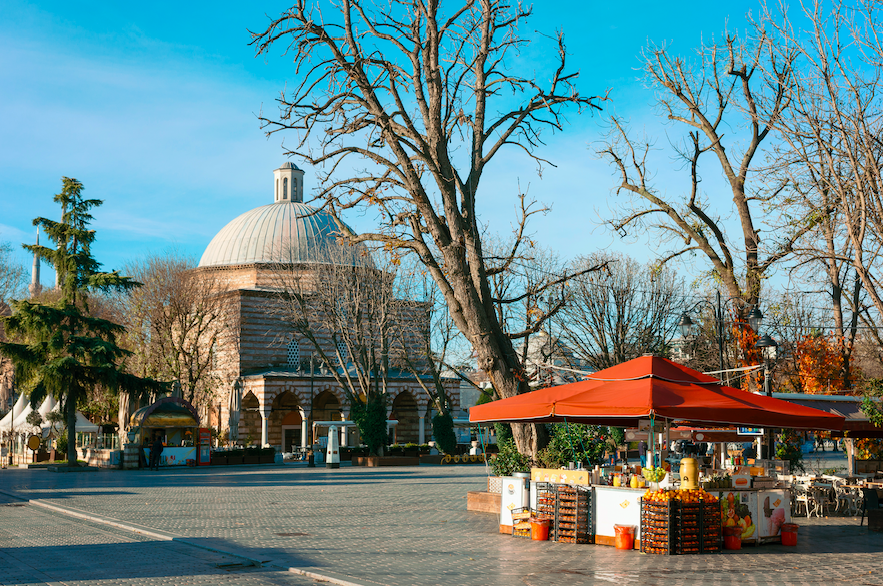

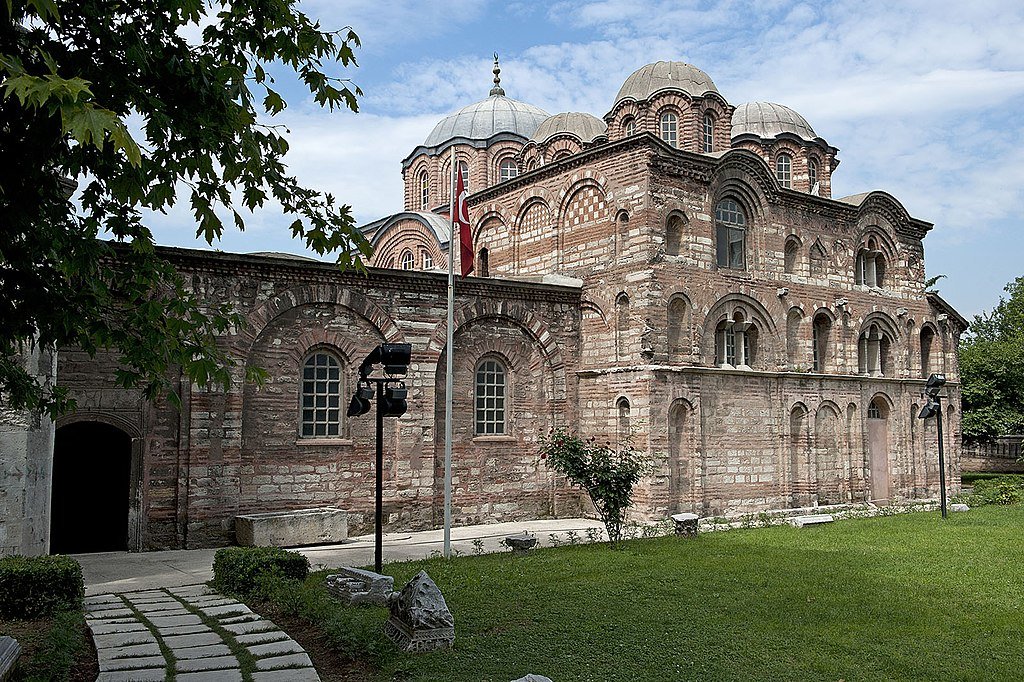
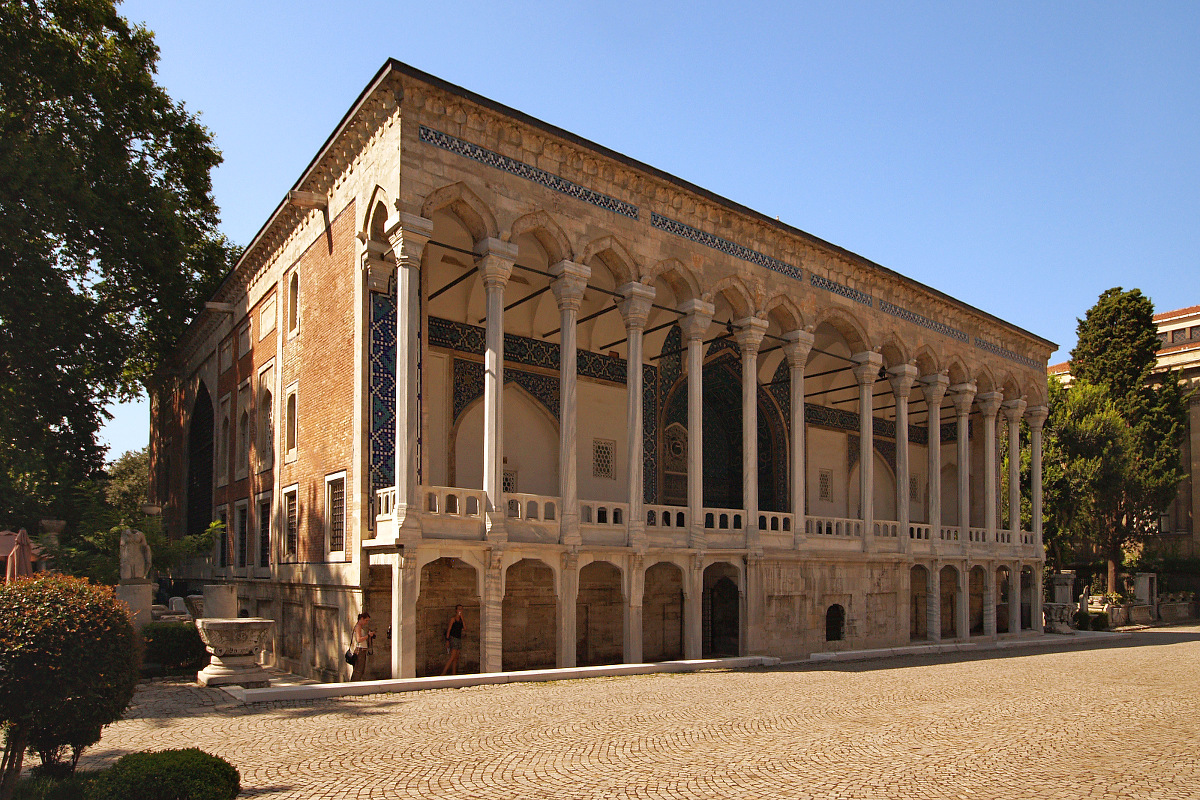

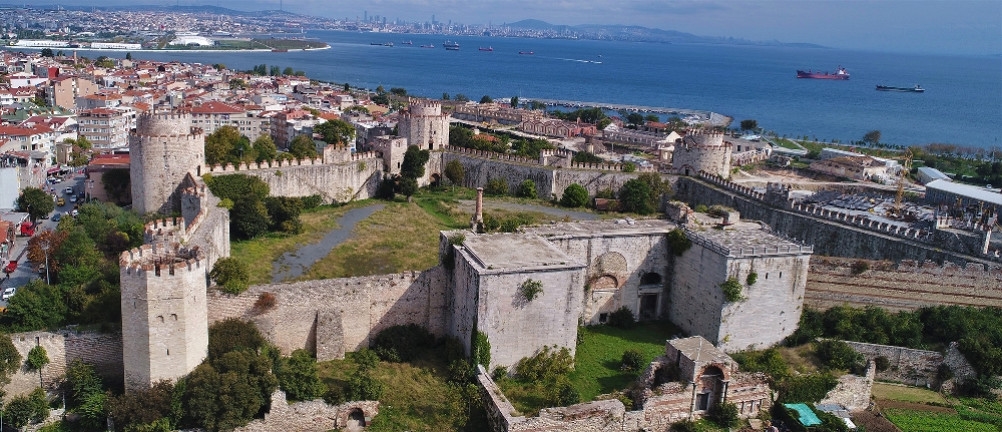
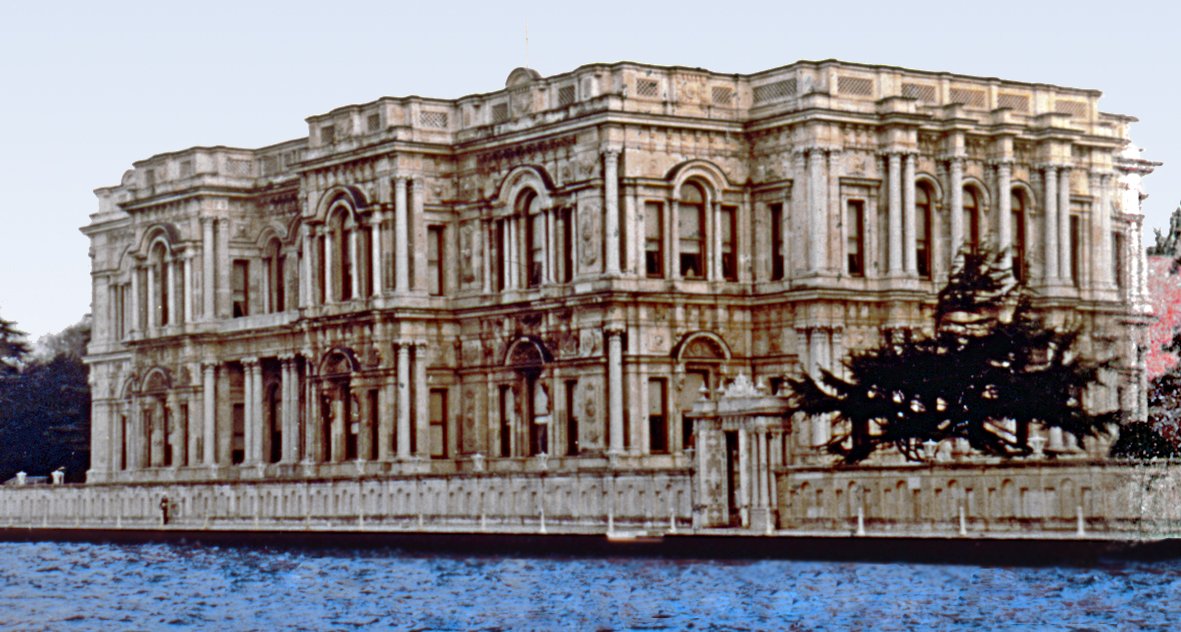
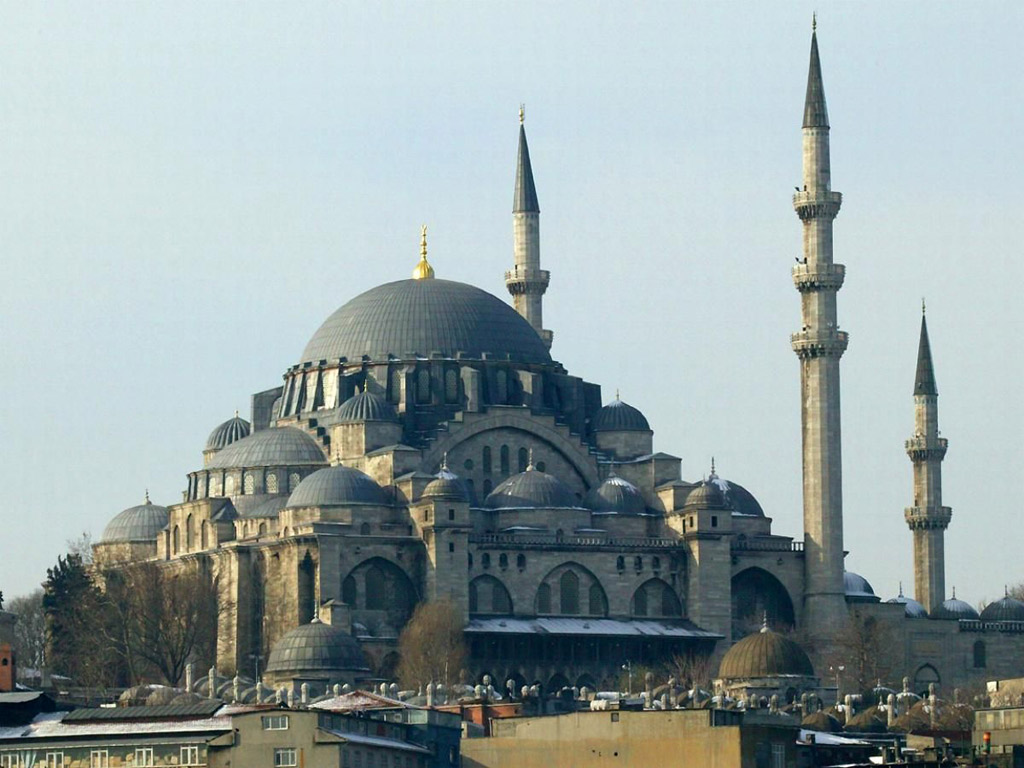
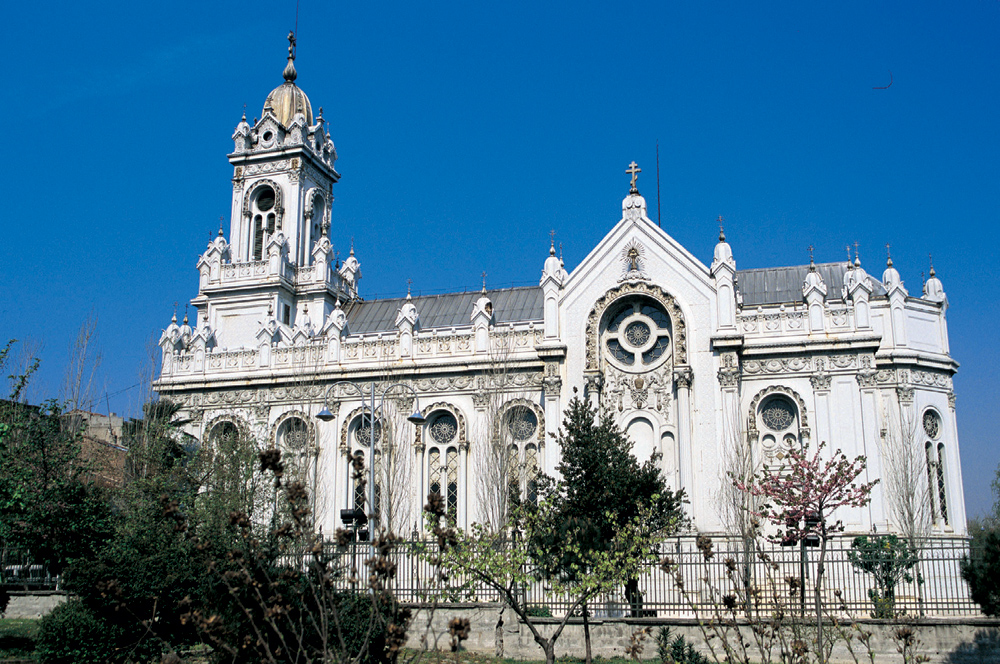

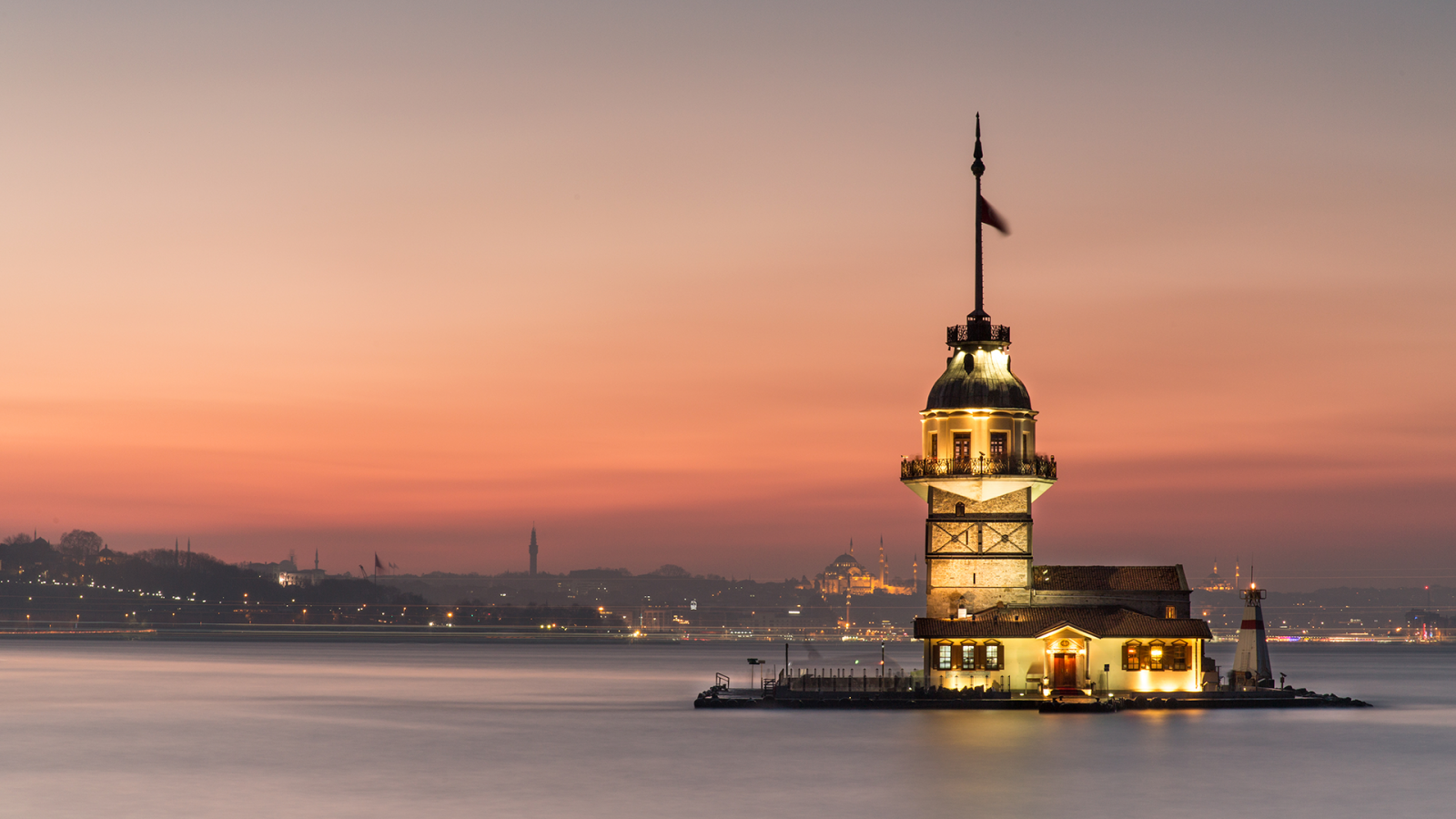
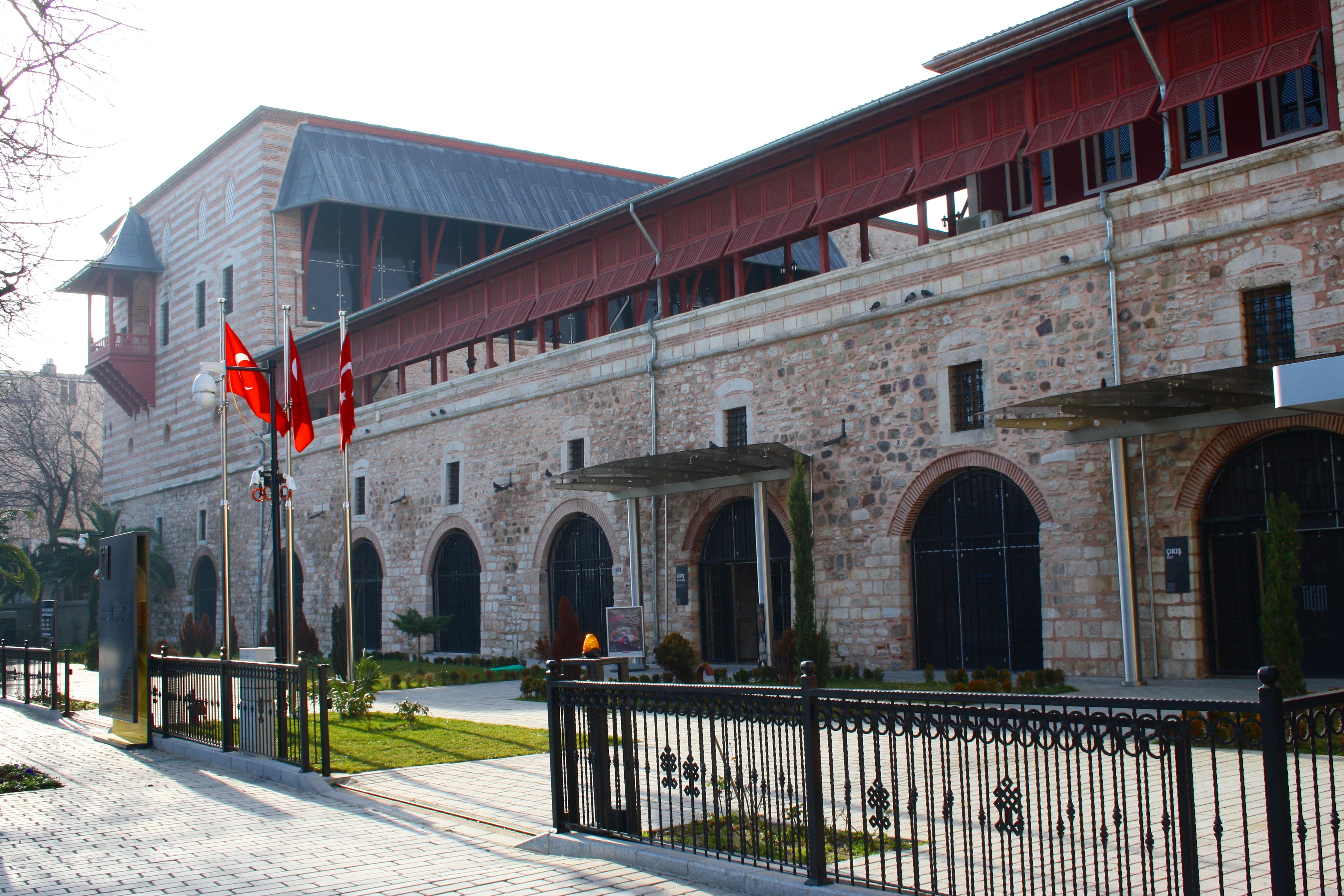
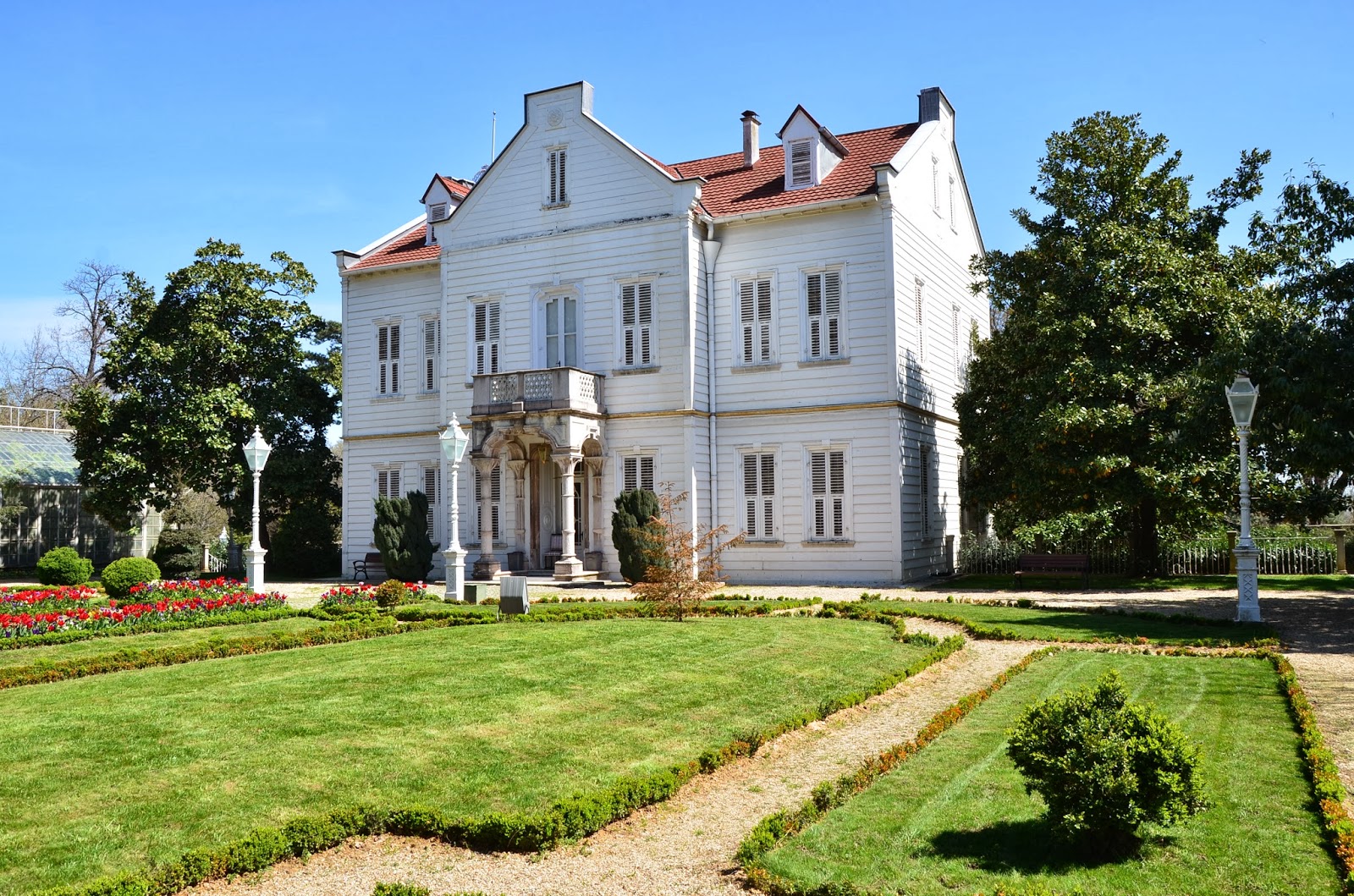




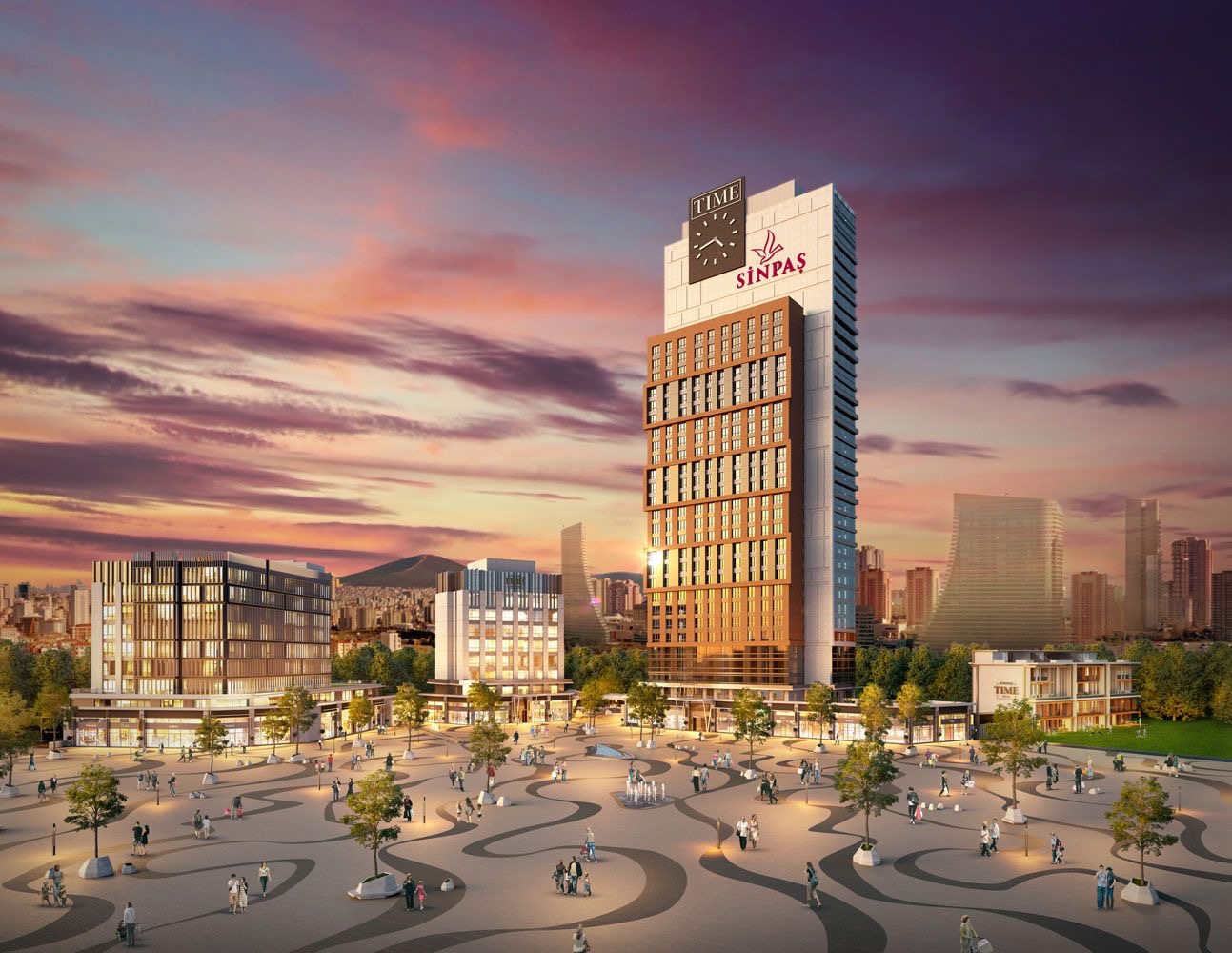

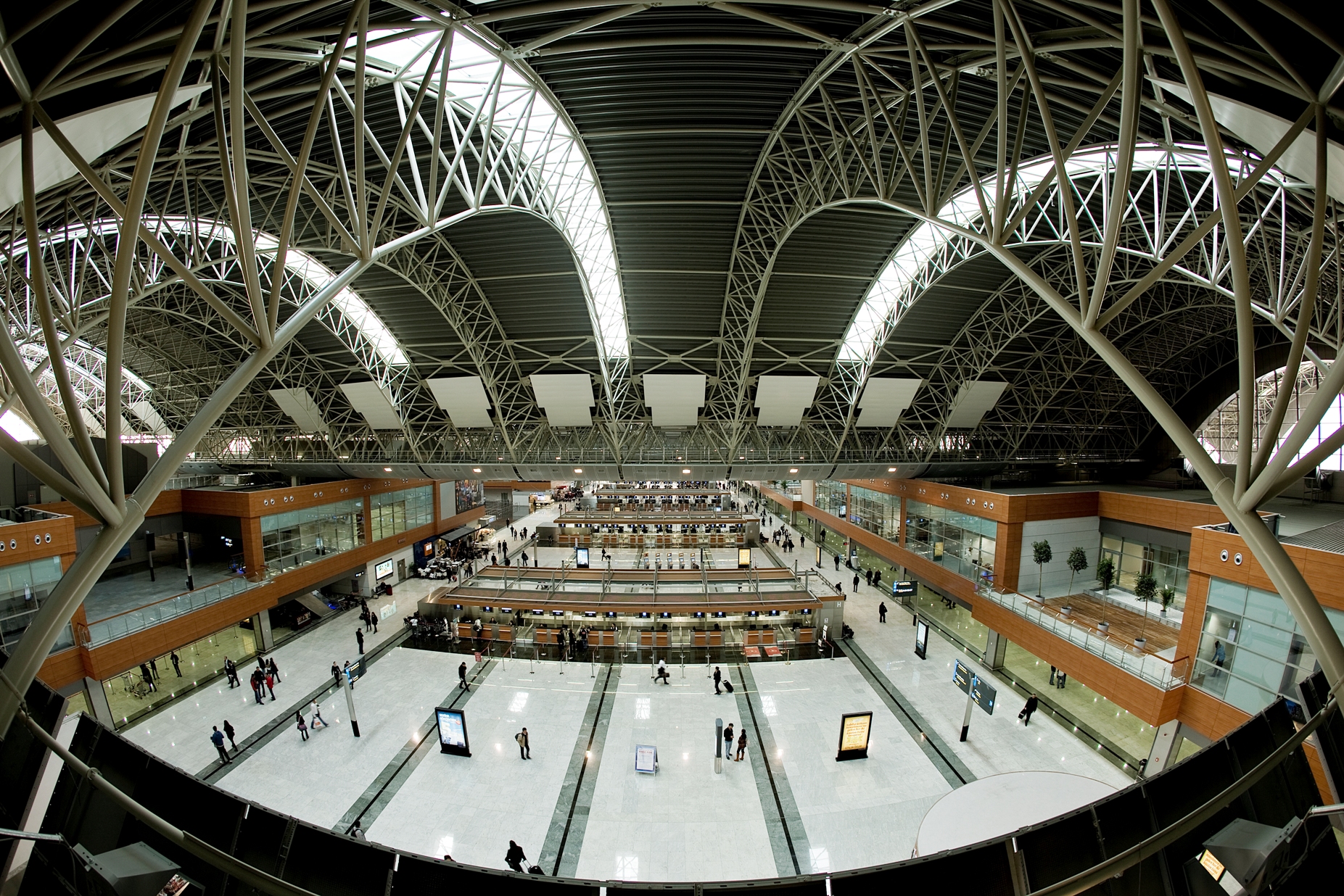

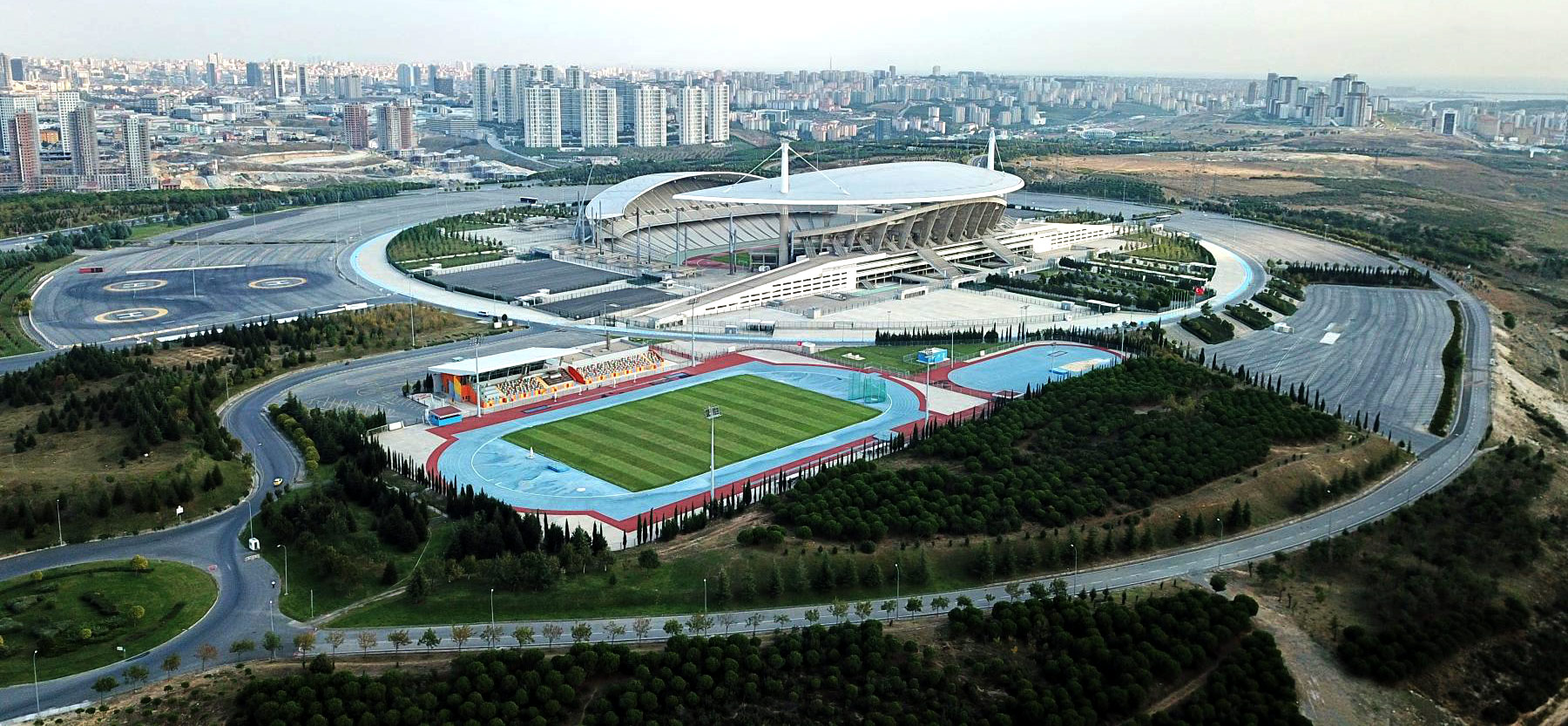
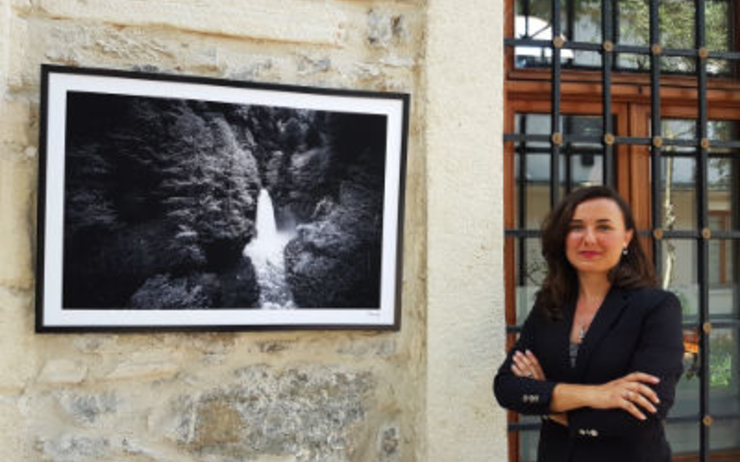
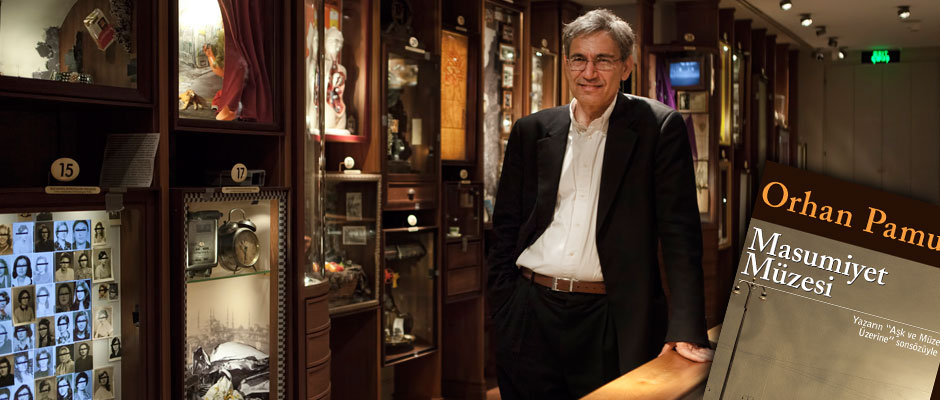


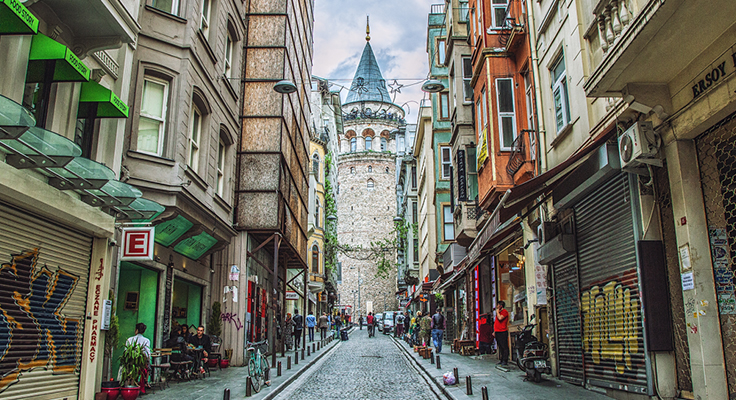
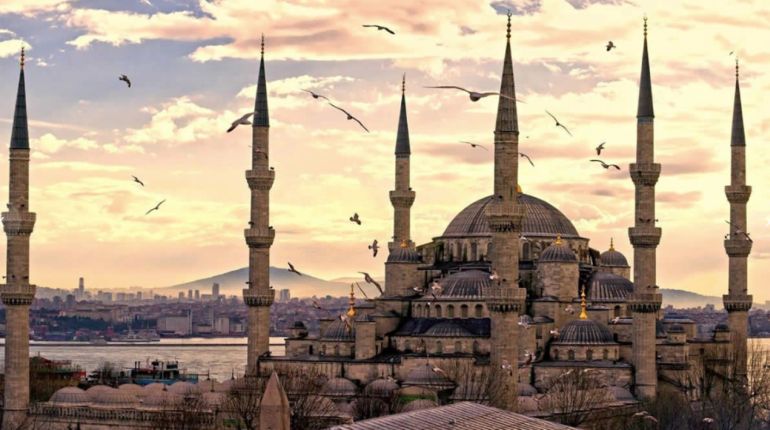
More posts by Alice Morris